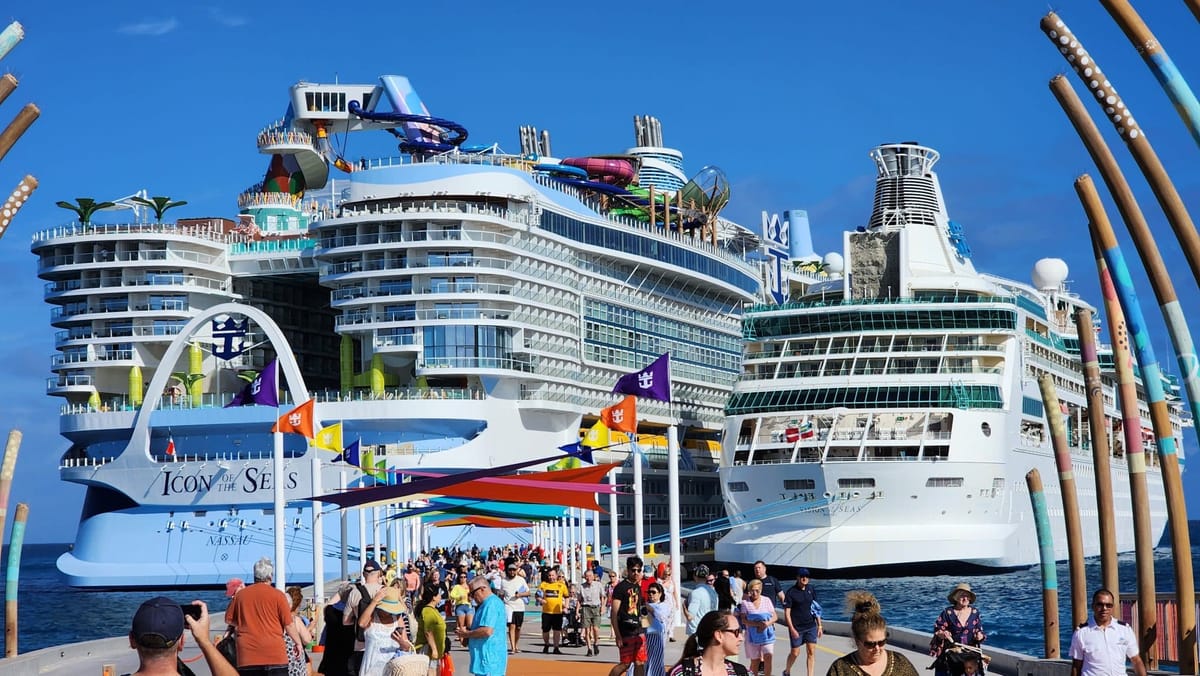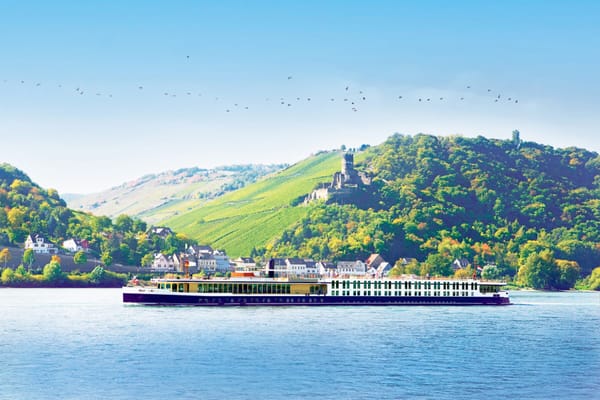Cruise Passenger Growth and Sustainability Trends in 2024 and 2026
As cruise travel surges worldwide, major ports invest in advanced infrastructure and sustainability, signaling renewed confidence and broader economic benefits for tourism hubs on multiple continents.

The cruise industry continues to thrive as global tourism rebounds, with record-breaking passenger numbers, expanded itineraries, and advancements in infrastructure and sustainability. From regional growth in Türkiye and Lithuania to environmental milestones in Seattle, developments across the globe demonstrate the industry’s growing momentum.
Türkiye Reaches Record Passenger Numbers
Türkiye experienced its highest cruise passenger arrivals in 12 years in 2024, welcoming 1.71 million travelers in the first nine months of the year, a 16% increase compared to the same period in 2023. Enhanced port infrastructure along the Aegean and Mediterranean coasts and a resurgence in post-pandemic travel contributed to this growth.
During January-September 2024, 1,075 cruise ships docked at Turkish ports, up from 917 a year earlier. Leading destinations included Kuşadası, Istanbul, and Bodrum. Kuşadası hosted 493 cruise ships and nearly 826,000 passengers, while Istanbul received 207 ship calls with 495,186 passenger arrivals, and Bodrum reported 96 ship calls with 117,985 arrivals. Other ports such as İzmir, Çeşme, and Marmaris also recorded significant gains in traffic. This performance reinforces Türkiye’s prominence in Eastern Mediterranean cruise tourism.
Record Season for Lithuania’s Klaipėda Port
The Lithuanian port of Klaipėda reported its busiest season ever in 2025, with over 76,600 cruise passengers arriving, surpassing its previous 2017 record by nearly 2,000 visitors. A total of 59 cruise ships docked at the port that year, including large vessels such as Norwegian Prima, which alone brought more than 3,000 tourists during its February visit.
Popular excursions included Juodkrantė, Nida, Palanga, Kretinga, and the Žemaitija National Park, while local businesses benefited from passengers spending an average of 50 euros per visit. The season started in February and peaked in summer, with several days hosting two cruise ships simultaneously. Klaipėda plans to open a modern cruise terminal by 2028 to accommodate rising demand, further solidifying its position on the global cruise map.
Seattle Sets Sustainability and Passenger Records
The Port of Seattle closed its 2025 Alaska cruise season with a record 1.9 million revenue passengers and 298 ship calls, including 14 homeported vessels. Cruise activity generated an estimated $1.2 billion in regional economic benefits and supported over 5,120 local jobs in transportation, hospitality, and related sectors.
An environmental highlight involved 65% of all ships docking at cruise ship berths connecting to shore power, significantly reducing emissions. The port plans to mandate 100% shore power compliance for homeport ships by 2027. Collaborations with cruise lines also resulted in biofuel testing to explore innovative energy solutions.
Seattle’s prominence in the Alaska cruise market drove much of its success, while 23 voyages operated to destinations including Mexico, Hawaii, New Zealand, and Asia, diversifying the port’s offerings. Cunard’s Queen Elizabeth marked its first homeport season in Seattle with 11 roundtrip voyages and is set to return in 2026.
Milwaukee Anticipates Growth in 2026
Milwaukee experienced an 18% decline in cruise passengers in 2025, with 11,096 passengers arriving aboard 22 ship calls. However, optimism is high for 2026 as the South Shore Cruise Dock opens and American Cruise Lines introduces two new Great Lakes itineraries aboard the American Patriot, the company's first deployment in the region.
Passenger volume is expected to increase significantly next season, with 62 confirmed ship calls and an estimated 19,000 passengers, nearly triple the 2025 figures. The port has established itself as a key Great Lakes cruise destination, with efforts to bolster local partnerships and tourism revenue. Mayor Cavalier Johnson expressed pride in Milwaukee’s rising profile, emphasizing the broader economic impact of the city’s cruise industry expansion.
Stockholm Expands Year-Round Operations
Stockholm recorded strong growth in cruise traffic in 2025, welcoming approximately 256,000 passengers across 137 ship calls, compared to 196,000 passengers and 119 calls in 2024. Turnaround operations increased from 38 to 42, benefiting local tourism and hospitality businesses.
For the first time, Stockholm will host cruise traffic year-round, targeting the German market during the winter months (November to March). Sweden's second shore power facility for cruise ships debuted in Stockholm in May 2025, enhancing the port’s environmental credentials. These developments underscore Stockholm’s status as a premier Baltic Sea cruise destination.
The cruise industry’s resilience and adaptability remain evident as ports worldwide invest in infrastructure, sustainability, and expanded itineraries. The sector’s steady recovery and growth continue to drive global economic and tourism activity.
Frequently Asked Questions (FAQs)
What factors are driving growth for Türkiye’s cruise industry?
Post-pandemic travel recovery and expanded port infrastructure along the Aegean and Mediterranean coasts contributed to Türkiye’s passenger growth, led by popular destinations like Kuşadası, Istanbul, and Bodrum.
How is Seattle advancing sustainability in its cruise sector?
In 2025, 65% of cruise ships docking at Seattle’s cruise berths connected to shore power, reducing emissions. The port aims to require full shore power adoption by 2027 and is exploring alternative maritime fuels through collaborations with cruise lines.
What changes are expected for Milwaukee’s cruise market in 2026?
Milwaukee anticipates increased passenger volume following the opening of the South Shore Cruise Dock and two new Great Lakes itineraries by American Cruise Lines aboard the American Patriot. Sixty-two ship calls and nearly 19,000 passengers are expected.
How does Stockholm’s expansion of year-round cruise operations impact tourism?
Stockholm’s inaugural year-round operations target German travelers from November to March, complementing increased passenger numbers and strengthening Sweden’s Baltic Sea tourism sector.
What economic impact does rising cruise travel have globally?
Increasing cruise passenger numbers bolster local economies, expand tourism-related jobs, and drive investments in sustainable port infrastructure to meet growing demand worldwide.




